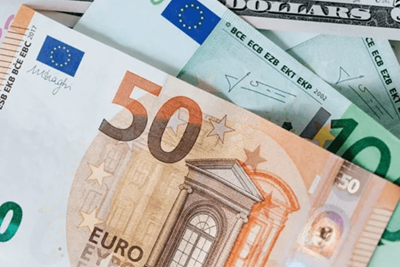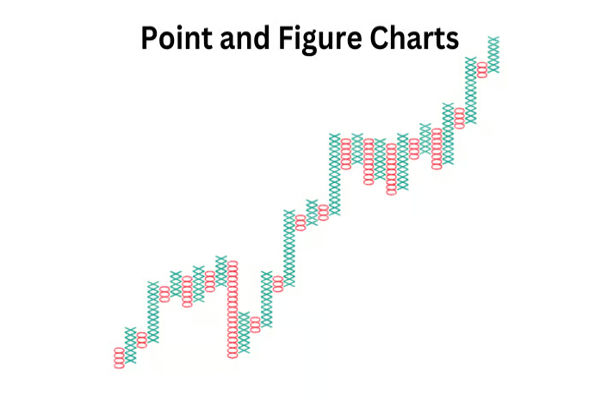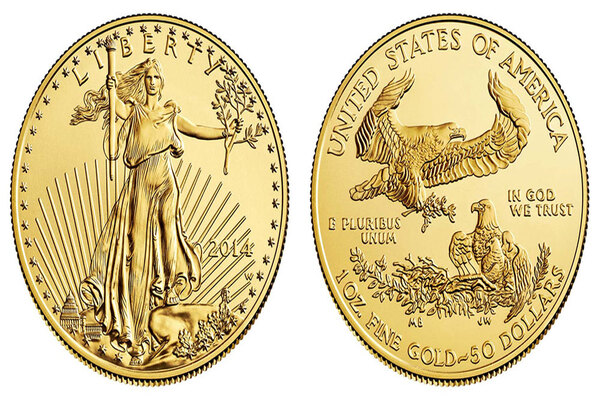In the complex foreign exchange market, cross-currency swaps are a valuable tool. In international trade, people often use foreign exchange swaps to agree in advance on future exchange rates, so for investors in cross-currency swaps, can this swap also be used to avoid risk? Let's examine it together!

It is a financial derivative that is contracted between two parties. The principal amount of two different non-major foreign currencies is exchanged at an agreed exchange rate on a specified date, and then a reverse exchange of the principal amount is carried out again at the same exchange rate on another date. During this period, the parties also make periodic interest payments. This transaction usually involves two different currencies, which are exchanged for interest rates and principal payments to meet the specific needs of the parties to the contract.
The purpose of this swap is primarily to help businesses and investors manage exchange rate risk. For example, exchanging interest and principal payments in one currency for interest and principal payments in another currency reduces the risk involved in financial transactions between different currencies.
Its structure is simple, yet it meets the needs of converting two different currencies. If one wishes to convert an asset or liability from one foreign currency to another (e.g., if one wants to exchange the low-cost Euro for the Japanese Yen), this can be easily accomplished through this swap.
This transaction consists of two main stages: the initial swap and the stop swap. In an initial swap, one pays a fixed or floating rate of interest on one currency and receives an interest rate on the other. When it comes to the stop swap stage, it involves exchanging the principal.
Its main features are:
Tukar mata uang: Swap ini mencakup pertukaran antara dua mata uang yang berbeda, kurang umum mata uang non-utama (misalnya, dolar australia, dolar kanada, DLL.).
Suku bunga ditukar: Selain tukar mata uang, ini juga mencakup pertukaran suku bunga antara kedua mata uang. Ini berarti bahwa akan ada pertukaran pembayaran suku bunga satu sama lain untuk mata uang negara atau daerah mereka masing-masing.
Istilah: Ada istilah yang spesifik, dan kontrak akan menyatakan dengan tepat seperti apa nilai tukar mata uang dan suku bunga pada tanggal yang akan datang. Istilah ini dapat berlangsung selama beberapa hari atau selama beberapa tahun, bergantung pada kebutuhan kedua belah pihak.
Manajemen risiko: Swap ini biasanya digunakan untuk mengelola nilai tukar dan risiko suku bunga. Melalui itu, anda dapat mengelola aset dan kewajiban anda dengan lebih fleksibel, mengurangi risiko anda, dan membuat investasi anda lebih kuat.
Likuiditas: Ini adalah instrumen keuangan standar yang dapat dibeli dan dijual di pasar, menyediakan tingkat likuiditas yang tinggi.
The special feature of cross-currency swaps is that the two parties to the transaction agree on two trading operations at the same time. The parties first exchange currency a for currency b, and then agree to exchange currency b for currency a on a future date at a pre-negotiated exchange rate. The currency types bought and sold are the same in both transactions. The exchange rate for the transaction is determined primarily by the currency interest rate and the agreed-upon term. It may be higher or lower than the exchange rate at the expiration of the contract.
So it hedges the risk while sacrificing the opportunity for profit that may be available. Even if the exchange rate changes in the investor's favor after maturity, he or she will have to hope for the best.
Cross Currency Swap Quote Information
| INFORMATION |
DESCRIPTION |
| Currency Pair |
Non-major currency pairs involved, e.g., EUR/JPY |
| Start Date |
Start Date |
| Expiry Date |
Tanggal kadaluwarsa |
| Tingkat Swap |
Tingkat dimana mata uang pokok akan ditukar dengan mata uang tanda kutip pada tanggal tertentu di masa depan |
| Tipe suku bunga |
Jenis suku bunga dalam swap, misalnya, tetap atau mengambang |
| Tingkat suku bunga |
Tingkat suku bunga mata uang yang terkait dengan swap |
| durasi |
Durasi kontrak tukar mata uang |
| menyebar |
Perbedaan antara laju swap dan laju pasar real-time |
| Biaya dan biaya |
Biaya dan biaya lain yang terkait dengan swap |
| Informasi kutipname |
Informasi tentang lembaga keuangan atau bank menawarkan kontrak tukar mata uang |
| Periode validitas kutipan |
The validity period of the offer |
What risks can cross-currency swaps avoid?
It can be used to hedge a wide range of risks associated with foreign exchange trading, including the following key risks:
It allows businesses to lock in a currency exchange rate at a future point in time, thus avoiding the risks that may arise from exchange rate fluctuations. This is particularly important for businesses that trade internationally and invest across borders, as they often have to deal with transactions between different currencies.
Swap contracts are usually standardized financial instruments that are easily bought and sold in the market. This reduces liquidity risk as businesses can sell or buy these contracts at any time to meet their funding needs.
Credit relationships with counterparties are also important in swaps. By signing contracts with reliable contractual counterparties, firms can avoid the risks associated with counterparties that are unreliable or have high credit risk.
Can cross-currency swaps hedge interest rate risk? Absolutely. Swap contracts typically include a currency exchange as well as an interest rate on the currency, allowing a business to hedge against the impact of rising or falling interest rates on its financial position.
Market risk includes the potential impact of market volatility on a business's financial position. Swaps, on the other hand, can help businesses reduce market risk by locking in the price of future currency transactions.
Businesses can use swaps to plan for their future financial position, ensuring that they can meet future currency needs without being subject to unfavorable market changes.
Cross currency swaps and foreign exchange swaps
| Features |
Foreign Exchange Swap (FX Forward) |
Cross Currency Swap |
| Types |
Is a financial derivative that is used for currency exchange. |
A currency swap instrument, usually involving two currencies. |
| Mata uang ikut |
Dua mata uang dilibatkan, biasanya termasuk mata uang pokok dan mata uang tanda kutip. |
Termasuk pertukaran dua mata uang non-utama. |
| Pengaturan nilai tukar |
Kontrak tersebut mencakup tarif swap khusus untuk bertukar mata uang pada tanggal yang akan datang. |
Peningkatan nilai tukar dan risiko suku bunga antara mata uang yang berbeda, belum tentu termasuk nilai tukar yang spesifik. |
| Tujuan manajemen risiko |
Digunakan untuk melindungi bisnis atau investor dari fluktuasi nilai tukar yang tidak menguntungkan. |
Digunakan untuk mengelola nilai tukar dan risiko suku bunga sementara juga memenuhi kebutuhan keuangan spesifik dari bisnis. |
| Tujuan utama |
Digunakan untuk mengelola risiko nilai tukar, terutama untuk perdagangan internasional dan investasi lintas batas. |
Digunakan untuk mengelola berbagai macam risiko, termasuk nilai tukar, suku bunga, dan risiko perencanaan keuangan. |
| likuiditas |
Memiliki likuiditas pasar yang baik dan mudah untuk membeli dan menjual. |
Adalah instrumen keuangan standar yang memberikan tingkat likuiditas yang tinggi. |
Petunjuk: bahan ini hanya untuk tujuan informasi umum dan tidak dimaksudkan sebagai (dan hendaknya tidak dianggap sebagai) keuangan, investasi atau nasihat lain yang padanya ketergantungan hendaknya ditempatkan. Tidak ada pendapat yang diberikan dalam bahan yang merupakan rekomendasi oleh EBC atau penulis bahwa investasi tertentu, keamanan, transaksi atau strategi investasi cocok untuk setiap orang tertentu.







